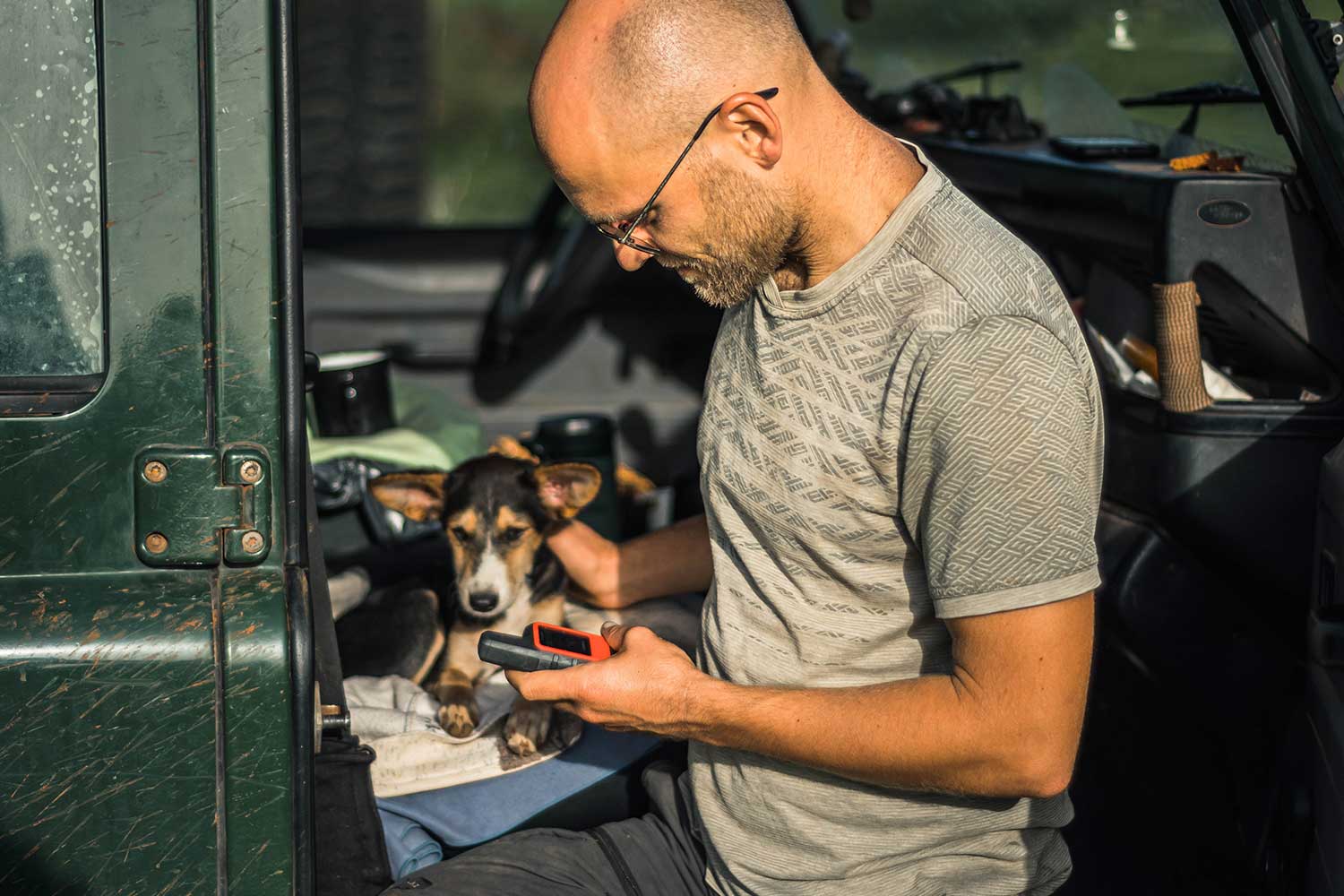
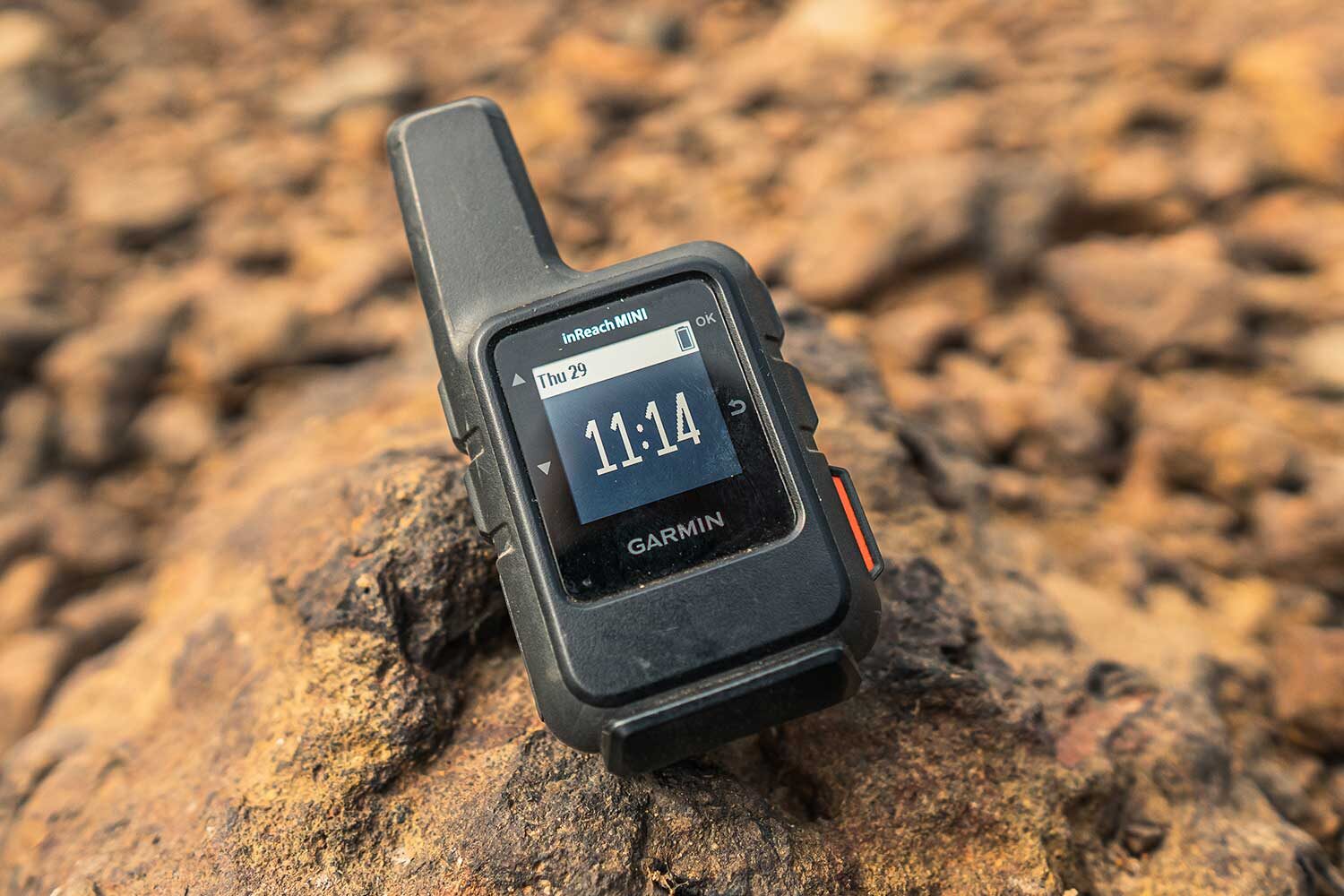
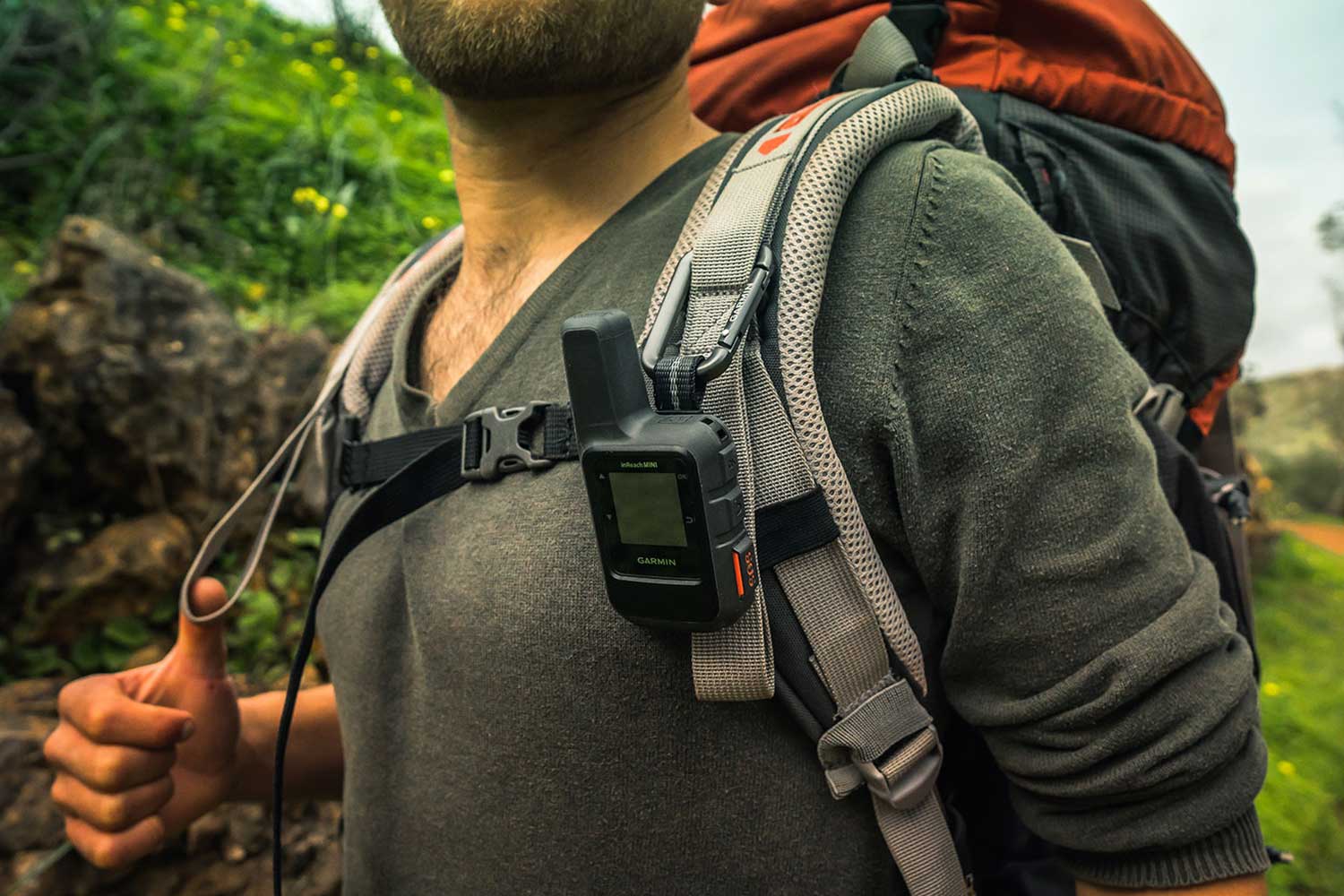
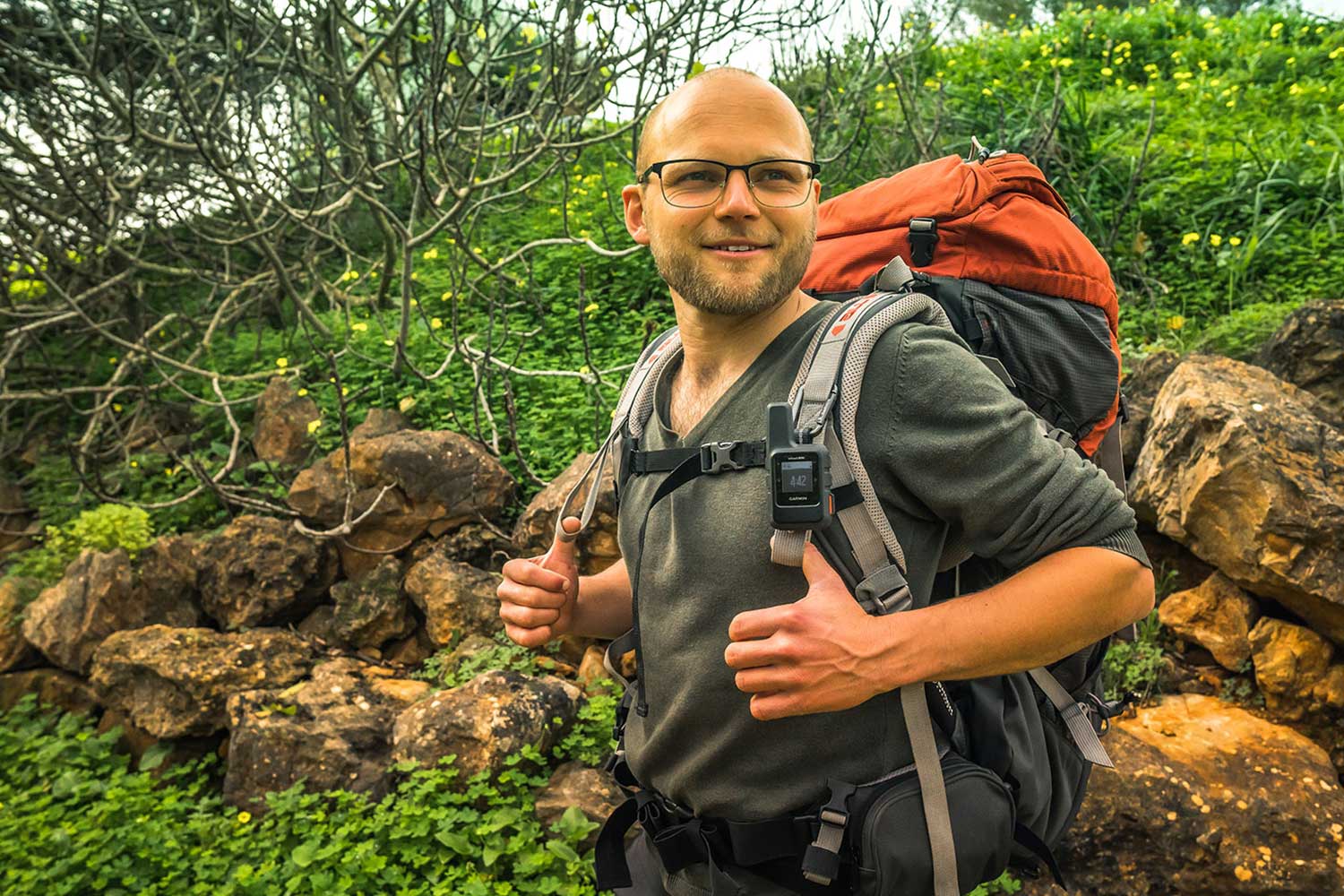
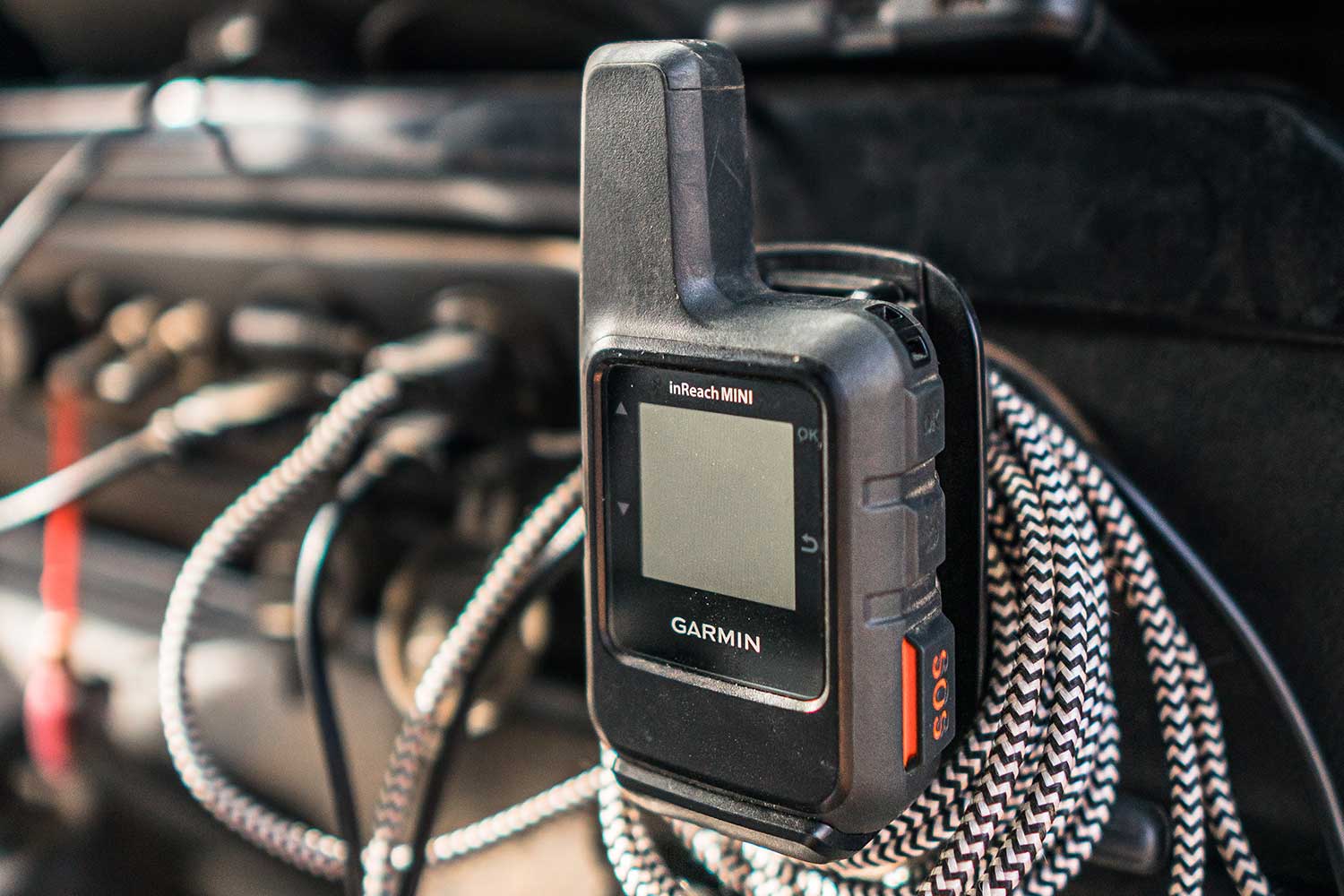
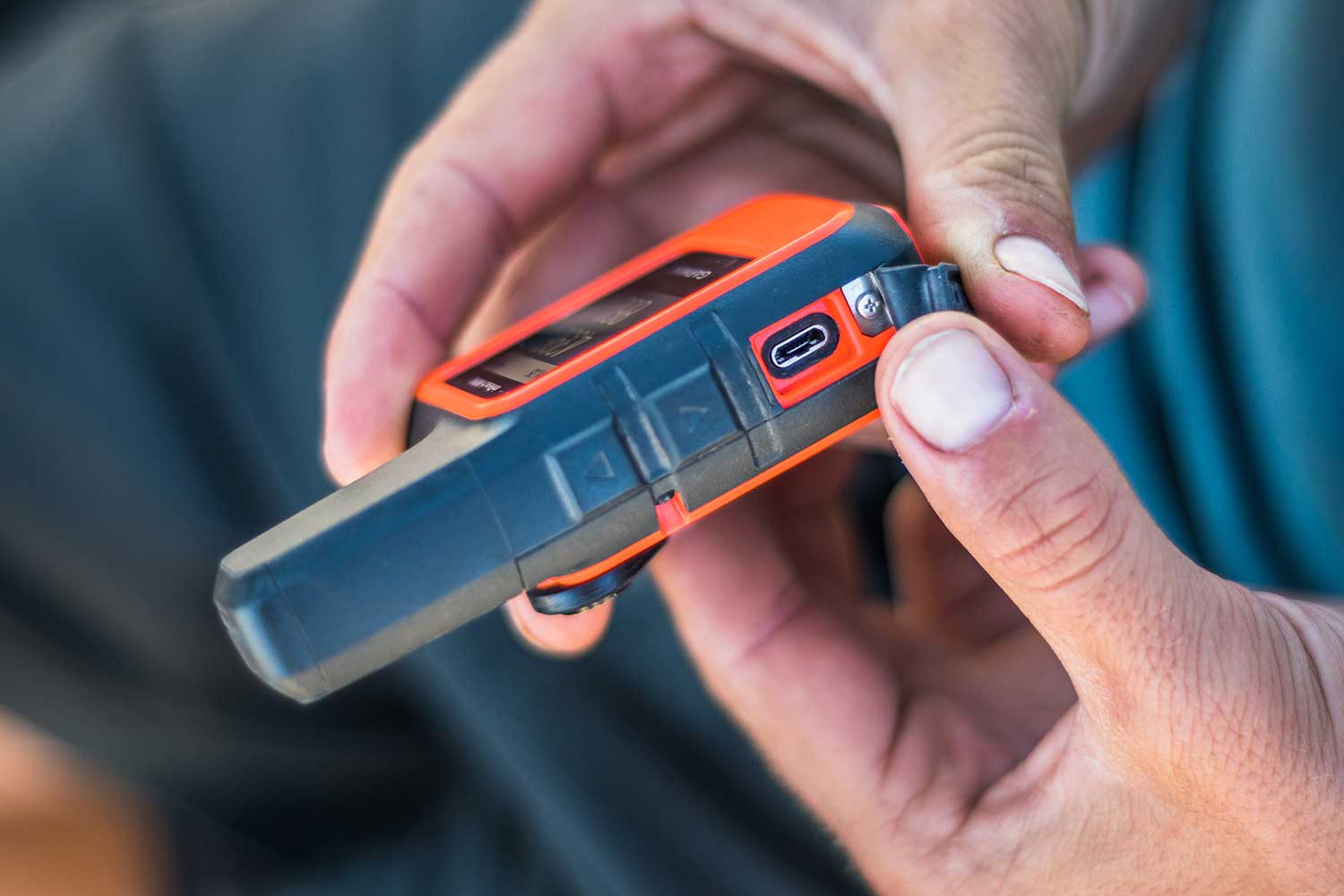
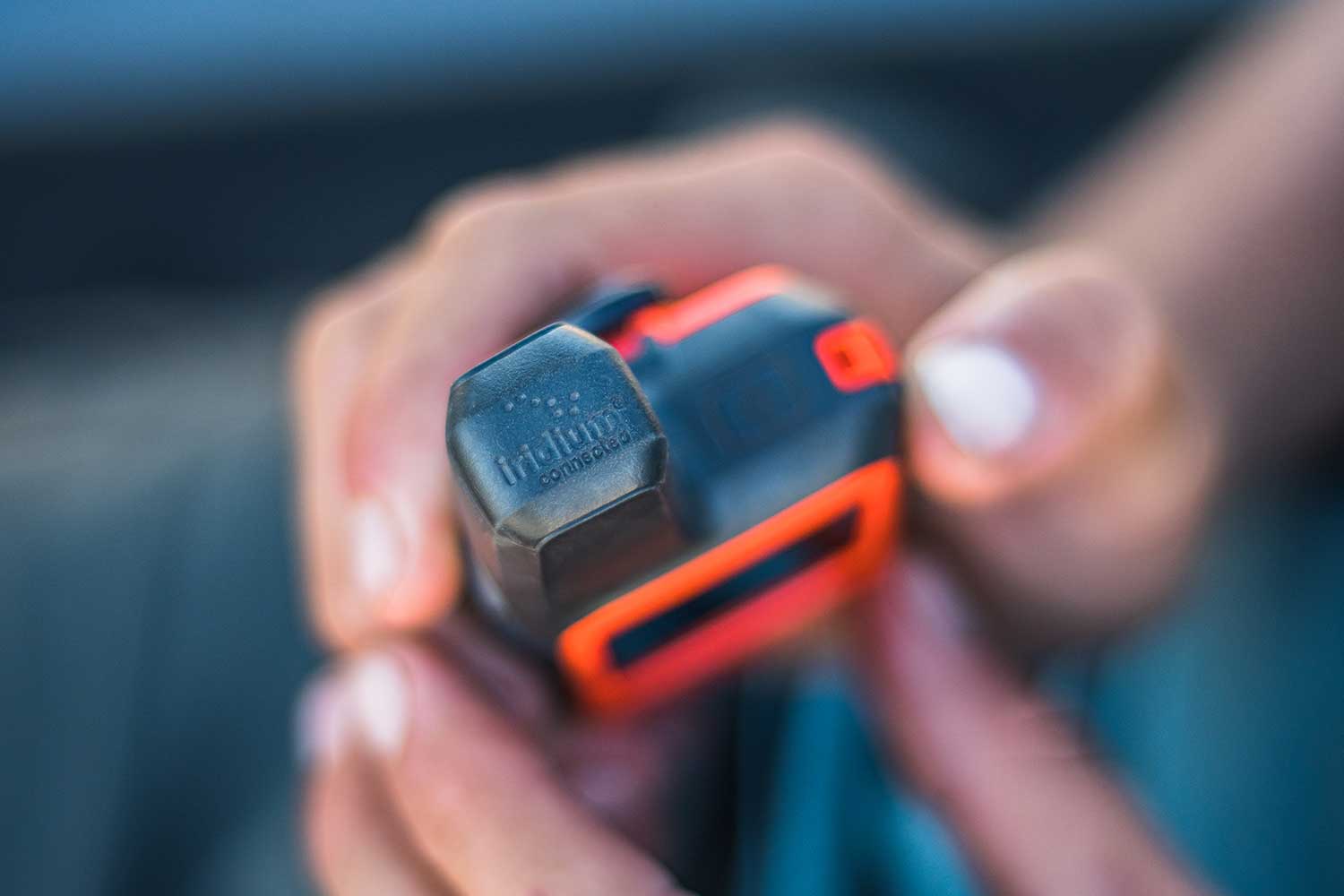
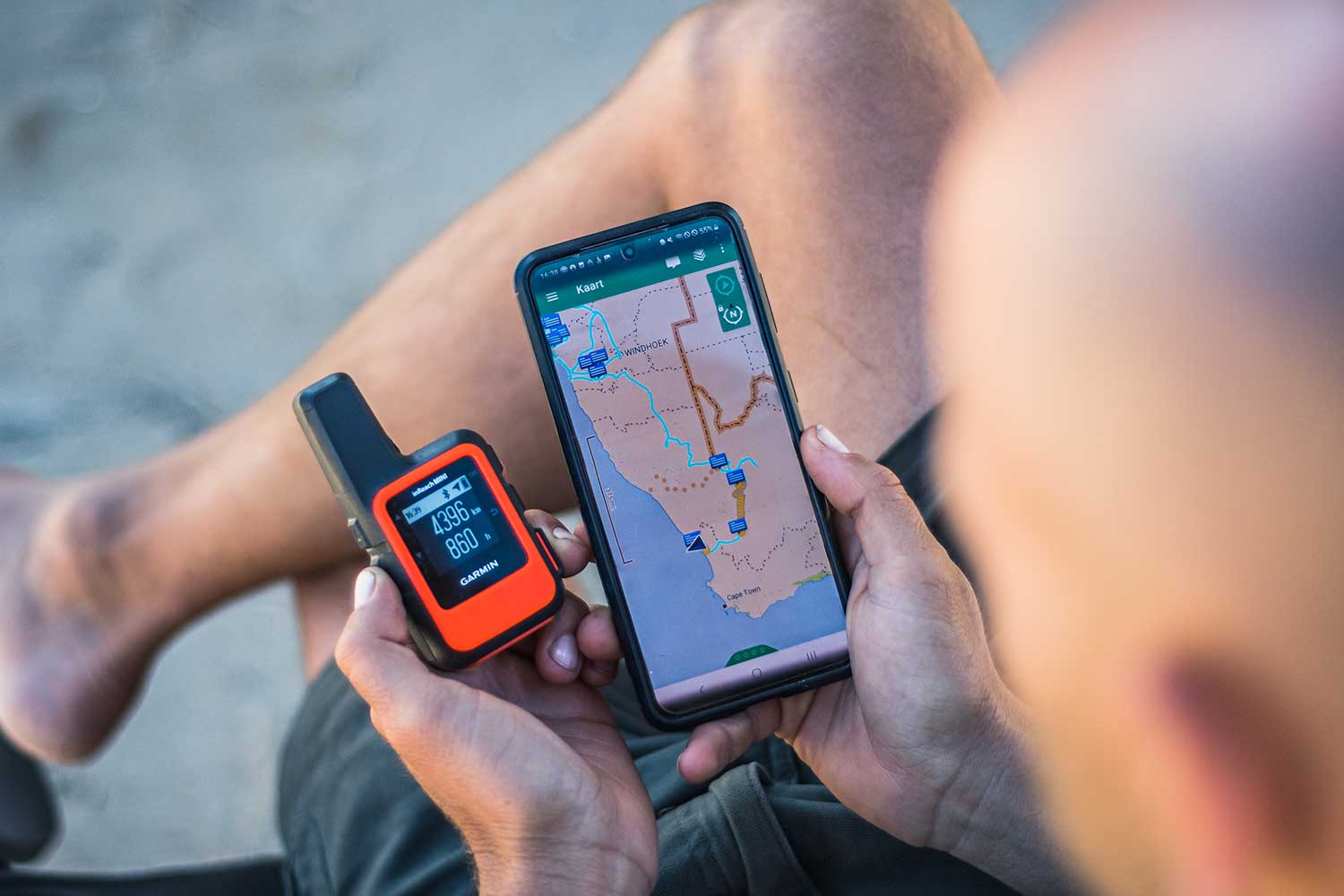
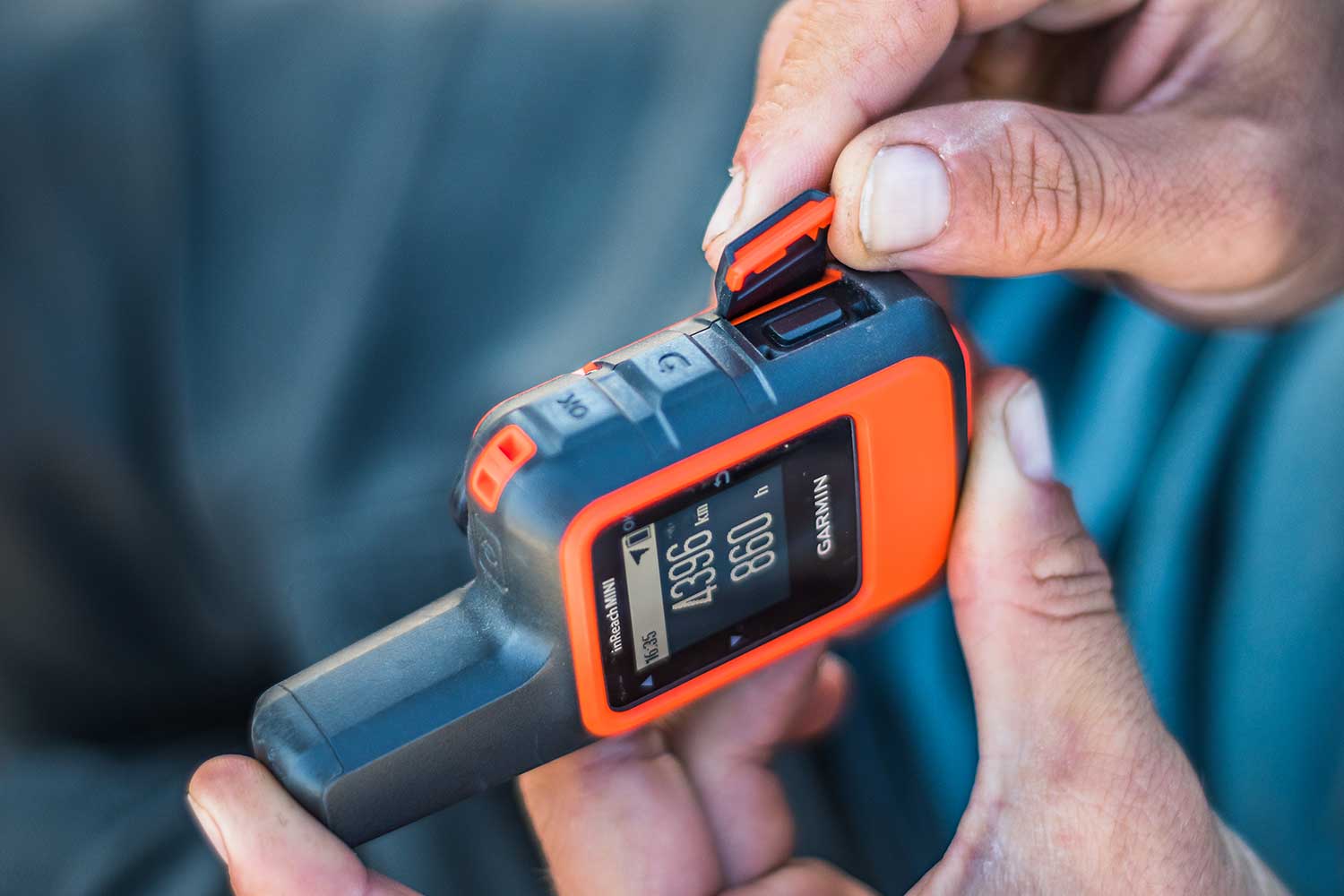

The Garmin InReach Mini is a two-way satellite communication device that can prove to be a lifesaver for you and your travel companions. The device sports all the basics you need for off-grid communication during your adventure in remote regions. It allows two-way text communication (sending and receiving), connects with rescue services via the SOS button, and more. When overlanding safety should be a priority, and as a solo vehicle in remote areas having means of communication is essential, this is where the InReach Mini comes in.
We have been carrying the InReach Mini with us for about four years now (from early 2020 onwards). After having been in some sketchy hiking situations in the Alps, we decided to invest in our safety. Skip a few years, and we have used the device from the North Cape to Cape Agulhas. Over the years we have used it to communicate with friends, family, and specialists. Luckily for us, we haven’t used the SOS button yet, and we don’t plan to either (touch wood). With years of experience, it is time to dive deeper into our experiences, including some hacks to make better use of the device!
The InReach Mini is a two-way satellite communicator that connects to the Iridium satellite network. With the InReach Mini you will be able to contact family through Check-In messages (three presets, customizable online before you go off-grid), and custom messages. These messages will be delivered as a SMS or e-mail, after which the receiver is able to respond easily through a link which redirects them to the Garmin Explore website.
Besides offering these text functions, one of the main features of the device is the SOS button. With this button you have direct access to emergency services globally. When using this function, the Garmin Response Team is alerted, which will then notify and activate emergency services in your region. Thanks to the two-way communication the Response Team will be able to communicate with you, to solve the problem together, or send the right emergency service your way. It might be good to know that you do have the option to buy Search and Rescue Insurance when setting up your Garmin InReach Mini, which would cover the huge costs involved in case you use the SOS button and activate the rescue services.
Overall, the device is very basic and doesn’t offer too many options, but it is a device that does all that is required of it. However, besides the texting and SOS function, it also includes on-request weather reports. All in all, you will have access to family and friends, emergency services, and decision-altering weather reports, wherever you are.
When talking about connectivity, in contrast to many other brands, this Garmin device connects to the superior Iridium satellite network. Whereas a few other satellite constellations don’t cover the full scale of our planet, this network has global coverage, making it ideally suited for adventurists. For us – traveling through Africa – having access to the Iridium network has been essential, as it also covers the central jungles of this huge continent.
Having a satellite communication device – regardless of whether this is a texting or phone service – is essential if you ask us. Nevertheless, it is not cheap. The device itself will cost you a few hundred euros, and it will require an active service plan with monthly costs attached as well. Luckily, there are different plans to suit each and everyone on their specific trip and/or lifestyle. Let’s dive into the pros and cons to see if this specific device is worth your money.
So, would we buy the device again? A question that we can easily and firmly answer with yes. Whilst there are cheaper satellite communicator brands on the market, this one holds its ground when it comes to reliability and connectivity. Looking at the above, the list of cons seems to outweigh the list of pros. Luckily that is far from the case. All cons are minor, as long as you use the Earthmate app to make the device workable, and keep an eye on the battery level (hook it up permanently if you can).
The basic fact that you can communicate both ways (sending and receiving), is where this device shines. Being able to communicate with the world while you’re off-grid is wonderful. Having that SOS function built in can be very comforting, knowing you have access to the emergency services with the touch of a button. However, in our opinion, this button is only there if you feel like your life is in immediate danger (accidents that make your return to civilization unlikely without help). Know that it’s there if you might need it. Don’t risk your life.
Thanks to the two-way communication you actually have the chance to come up with solutions that help you directly, without the need to upscale to external services. For us this function has been proven useful when communicating with mechanics while we were off-grid, contacting a veterinarian when Nimba fell dangerously ill, and we were able to stay in touch when we got stranded in the jungles of Gabon, or when our convoy in Nigeria split up due to a breakdown.
Besides having two-way texting capabilities, the fact that you can send unlimited Check-In messages is awesome! When we travel we go off-grid 75% of the time, often camping in remote locations without cell service. We customized one of our Check-In messages in a way that we can let our family know that we set up camp and that all is well. If we are offline, we will send this message daily, providing comfort to the folks back home.
The conclusion is that we can’t recommend this device enough. It can prove vitally important when exploring remote regions solo, without a direct backup vehicle, or group when hiking. Don’t be cheap, be safe!
As long-term overlanders we fully understand the need for high-quality and reliable gear. We know that if gear isn’t up to standard it can hinder your adventures, resulting in discomfort or a dangerous situation.
We write our reviews after extensive testing and with you – an adventurous overlander – in mind. We hope you appreciate our information, and feel free to reach out if you have any questions.
After years of use, we are now able to provide you with some nice pro tips, so you can make the most of your device and get the right subscription plan.
Appreciate this info and have something to spare? Buy us a coffee!
We hope our blog provided you with practical information that’s useful to your adventures. Want to dive deeper into this or other subjects, and plan a call? We are here to help!
0 Comments